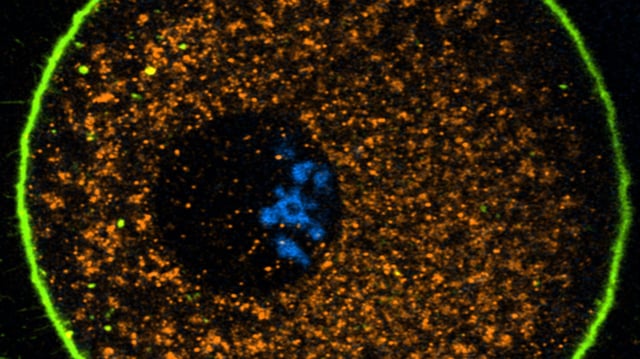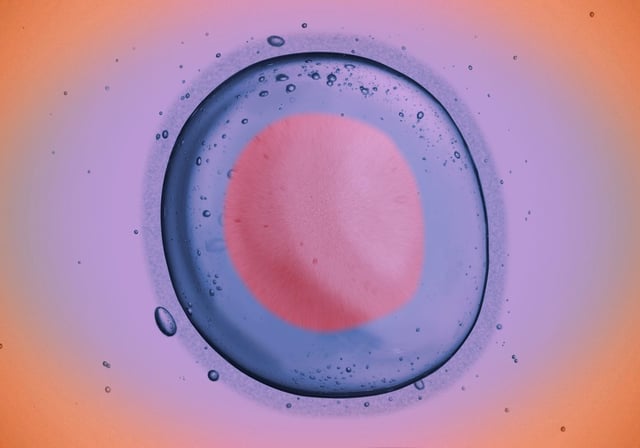Overview
- The EMBO Journal published the CRG team’s findings on July 18 after analysis of over 100 freshly donated oocytes from 21 women at the Dexeus Mujer clinic in Barcelona.
- Live-cell imaging revealed that in the final hours before ovulation eggs jettison lysosomes into surrounding fluid and reposition mitochondria and proteasomes to the cell’s periphery.
- Quantitative measurements found lysosomal, proteasomal and mitochondrial activities in eggs were roughly 50 percent lower than in adjacent support cells and declined further during maturation.
- This largest direct study of human eggs overturns reliance on in vitro–matured oocytes and suggests that preserving eggs’ naturally low metabolic state may offer superior protection against reactive oxygen species in IVF.
- The research team plans to explore how this minimalist waste-management mechanism shifts with donor age and in cases of fertility disorders to inform improved treatment strategies.

